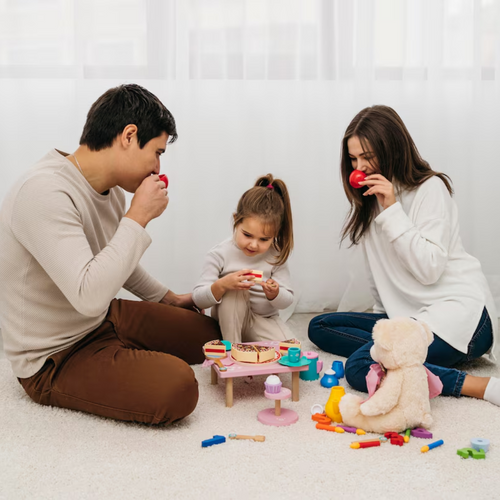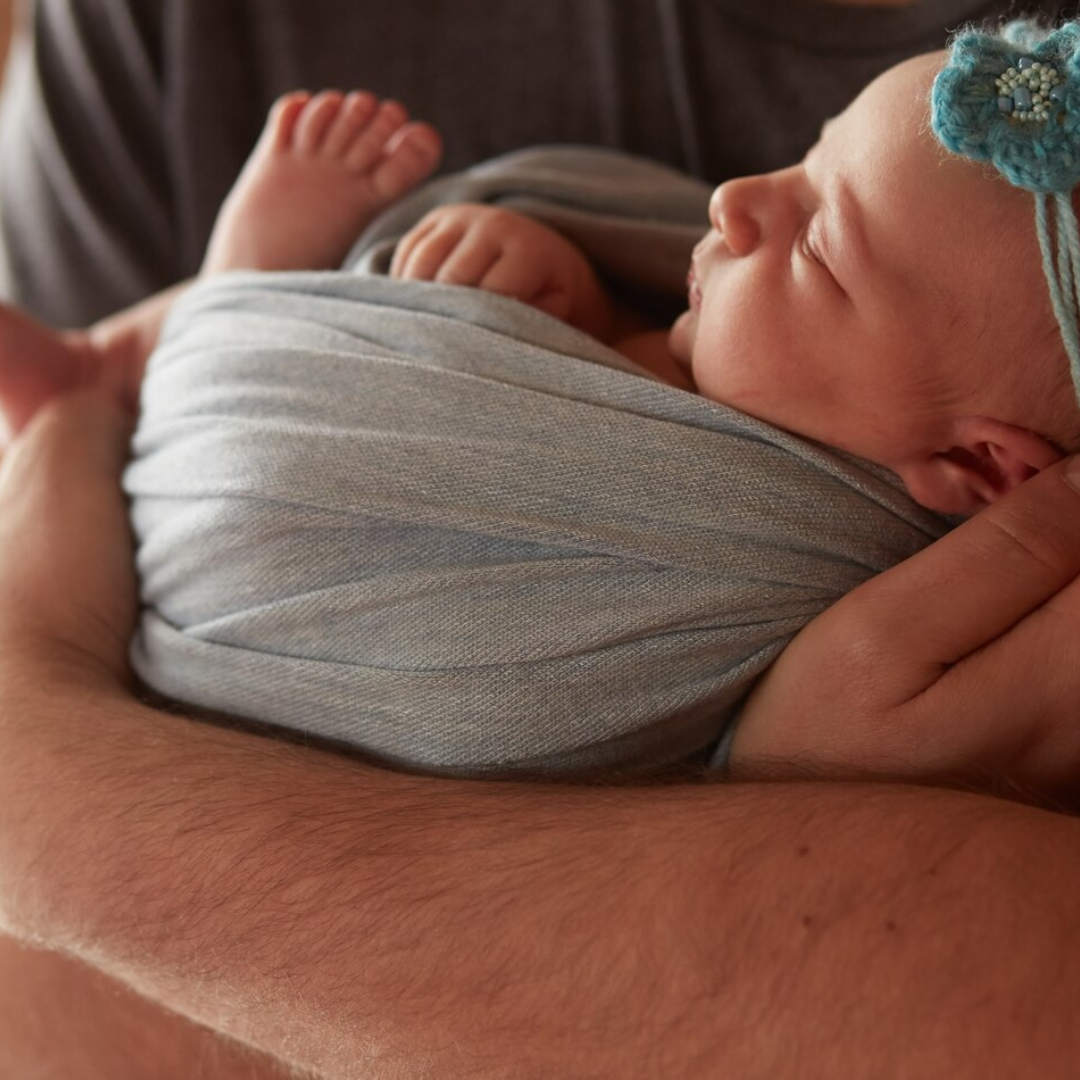
Baby Bottles: A Guide for New Parents
When it comes to caring for a newborn, one of the most important tools in a parent’s arsenal is the baby bottle. Whether you're feeding your baby formula, breast milk, or a combination of both, selecting the right bottle can make a significant difference in your child's comfort and feeding experience.
This article explores the different types of baby bottles available at Neubaby, factors to consider when choosing one, and essential tips for using them effectively.
Types of Feeding Bottles at Neubaby
Baby bottles come in various designs, materials, and features. Understanding the key differences can help you choose the best option for your baby.
Plastic Baby Bottles

These are lightweight, durable, and affordable. However, it’s important to ensure that the plastic used is BPA-free (bisphenol A), as exposure to this chemical has been linked to health concerns. Neubaby's plastic bottles now feature BPA-free labels, making them a safer choice.
Stainless Steel Bottles
Stainless steel bottles are sturdy, lightweight, and typically free from harmful chemicals. They are also insulated, which helps keep milk warm for longer periods. However, they can be more expensive than plastic or glass options.
Silicone Baby Bottles

Silicone bottles are soft, flexible, and often praised for being gentle on babies' gums. They are also lightweight, easy to clean, and more resistant to breakage than glass. Silicone is a popular choice for those seeking an eco-friendly, durable option.
Features to Consider
When selecting a baby bottle, it's essential to consider factors that will make feeding easier and more comfortable for both you and your baby.

-
Nipple Design
The nipple is a critical component of the bottle. Babies are typically more comfortable with nipples that resemble the shape of a breast. Many bottles offer nipples with varying flow rates to match your baby's age and feeding needs. Common materials used for nipples include silicone and rubber, with silicone being more durable and less likely to retain odors. -
Anti-Colic Systems
Some baby bottles come with anti-colic features that reduce the intake of air, which can help prevent gas, discomfort, and fussiness. These bottles are designed with vents or a special valve system to allow air to enter the bottle without mixing with the milk, ensuring a smoother feeding experience. -
Wide or Narrow Neck
Baby bottles come with either wide or narrow necks. Wide-neck bottles are typically easier to clean and fill, and their larger nipples may be more comfortable for some babies. Narrow-neck bottles, on the other hand, are often more compact and easier to hold for parents, especially for those with smaller hands. -
Easy to Clean
Cleaning baby bottles thoroughly is essential to prevent the growth of bacteria. Some bottles are designed with fewer parts or detachable components, making them easier to clean. It's advisable to choose bottles that are dishwasher safe for added convenience.
Choosing the Right Size

Baby bottles come in various sizes, typically ranging from 4 ounces to 9 or 10 ounces. The right size for your baby depends on their age and feeding habits. Newborns usually start with smaller bottles (4-5 ounces), while older babies may require larger bottles as their feeding needs increase. Some parents choose to start with a mix of both small and large bottles to accommodate changing needs.
Bottle Feeding Tips
-
Sterilize Before First Use
It’s crucial to sterilize new bottles and nipples before the first use. You can do this by boiling them in water for 5-10 minutes or using a sterilizer. -
Maintain Proper Bottle Hygiene
Always clean your baby's bottles and nipples thoroughly after each use. Use warm water and soap to wash them, and ensure they are completely dry before storing them. -
Use the Right Temperature
If you're warming up milk, always check the temperature before feeding your baby. Milk that’s too hot can burn your baby's mouth, while milk that’s too cold might be uncomfortable. A good rule of thumb is to warm milk to body temperature (around 98.6°F or 37°C). -
Monitor Feeding Times
Try not to leave milk in a bottle for extended periods, as bacteria can grow rapidly in warm milk. Never reheat milk more than once, and discard any leftover milk that your baby has not finished. -
Introduce Bottles Early
If you are breastfeeding, you might want to introduce a bottle to your baby within the first few weeks, allowing them to get used to bottle feeding. This can be particularly helpful if you plan to return to work or want someone else to feed your baby occasionally.
Choosing the right baby bottle involves considering your baby's needs, your lifestyle, and the features that will make feeding easier. With a wide range of materials, sizes, and designs available, there is a perfect bottle out there for every family. By understanding the various options and following best practices for cleaning and maintaining bottles, you can ensure your baby’s feeding time is comfortable, safe, and enjoyable.



